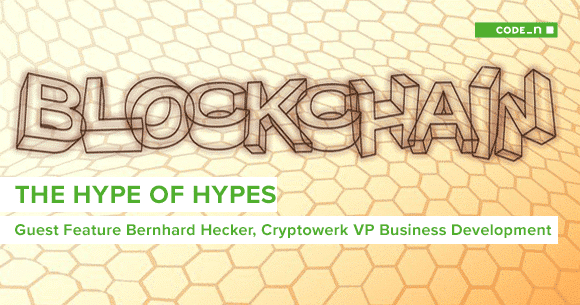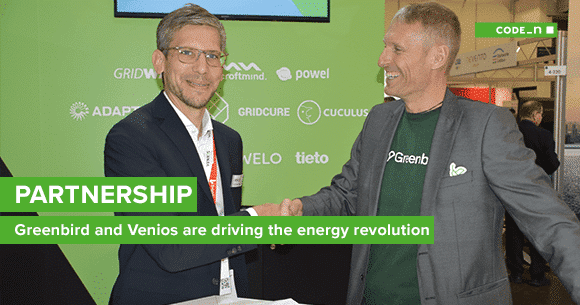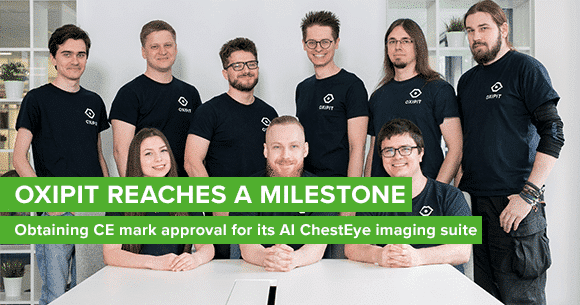And what about fundraising?

Vassilis Nikolopoulos, PhD<br />CEO and co-founder,<a href="http://www.intelen.com" target="_blank"> Intelen</a>
Fundraising is a magic concept for every entrepreneur. It describes a difficult and tedious procedure of raising money to develop a venture and support all growth stages.If you ask me about that, after raising two rounds so far for my startup from six different investors (and hopefully more…), I would say that your initial objective should be bootstrapping and not fundraising. This will give you self-confidence, focus and will push you to the limits to finish your MVP (Minimum Viable Product) in order to get feedback and your first pilot customers. Fundraising is a tedious and time-consuming operation that eats your time as a co-founder from other important tasks, such as product validation and initial customer acquisition.
Fundraising comes after you have a prototype that can be used for customer feedback and can validate a business/revenue model, according to the LEAN approach. The initial money you will be asking for, from angel investors or early stage VCs, should go to one important objective: scaling up!
In every fundraising pitch, what should be stressed is not the technology, which already exists out there, but rather how the product or service can be scaled up as fast as possible and how it will follow a specific go-to-market strategy, already defined by your team.
An investor is not looking at the present, but the future. He uses your pitch and product to project his personal portfolio investment life-cycle, analyzes the risk of its current investment portfolio, calculates some financial and investment metrics and makes decisions based on that. So what you need is a good story to simply describe your idea, a well differentiated product with some initial customer contracts, a good emerging market that will help you evolve and take a good market share, and a pretty straightforward go-to-market plan to scale up your product quickly and efficiently.
When we feel ready to go for a fundraising campaign for our startup, we should be ready to justify and present the above arguments. In general, fundraising takes a lot of time from the co-founders, so we have to be sure that our product and progress are not left behind. The CTO should have a dedicated team to move on with development in a semi-automated way. Continuous progress is another key that we have to show to our potential investors. Investors and VCs always evaluate progress and milestones as a part of a continuous startup assessment.
The Intelen story so far…
Intelen started fundraising back in 2009, after winning its first international recognition in the Guidewire Innovate!100 Contest as a finalist. After that, some more international awards came up in 2010 for Intelen’s innovative prototype product on energy analytics and social game mechanics for energy efficiency (Red Herring Global, silicon valley launch, OECD eco-innovation, Siemens World Smart Grid Innovation Contest, etc).
This opened many potential doors and gave Intelen publicity and credibility for its innovative methods; but this also created many expectations and put pressure on the whole team to finalize the products, start acquiring customers, form a high level advisory board and produce a great success story for the fundraising. International recognitions and innovation prizes do not give you funding or money and do not create revenues. Happy customers do…! But, they create expectations you have to meet, and you have to continuously prove your point of differentiation and your will to succeed to people and potential investors. This is what Intelen did and still does, after two seed rounds. Create a success story and show people your agility and fast progress. Then, prove that you have an extremely well differentiated product, acquire satisfied customers, and as soon as your team progresses you are another step closer to success!
In general, when we fundraise we should:
1. Have a 1-2 page executive summary for the investors and a good financial projection (in the seed stage) 1-year ahead. No need for a big business plan, nobody is going to read it.
2. Have a good pitch deck to present: focus on scaling up and go-to-market strategies and use your success story!
3. Organize your development and company progress well: the co-founders will be very busy with fundraising.
4. Demonstrate agility and the will to go global: present contracts and initial satisfied customers. Also use this feedback to adapt your price models. This will give you good and accurate financial projections.
Be ready to meet any expectations you create around you and to work hard in order to prove that you can evolve, learn, adapt and stay agile!






Write a comment